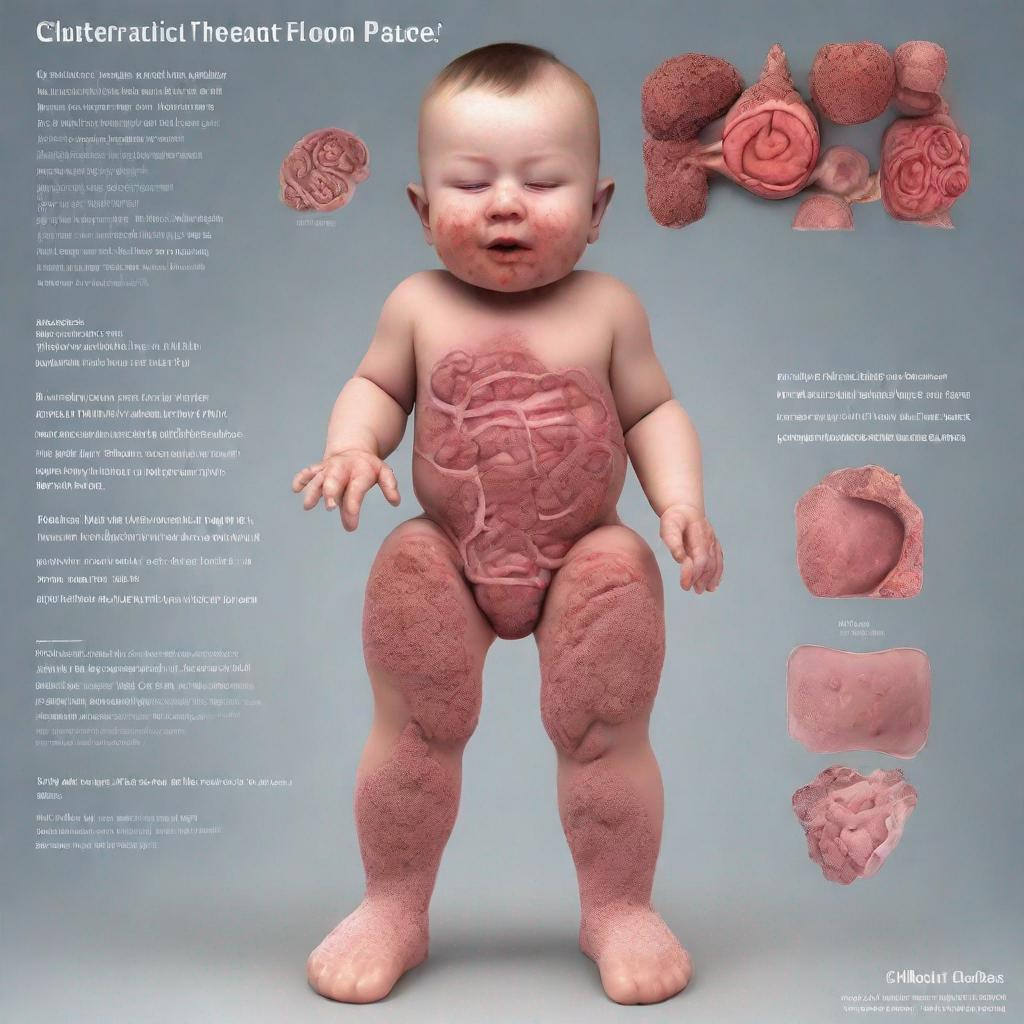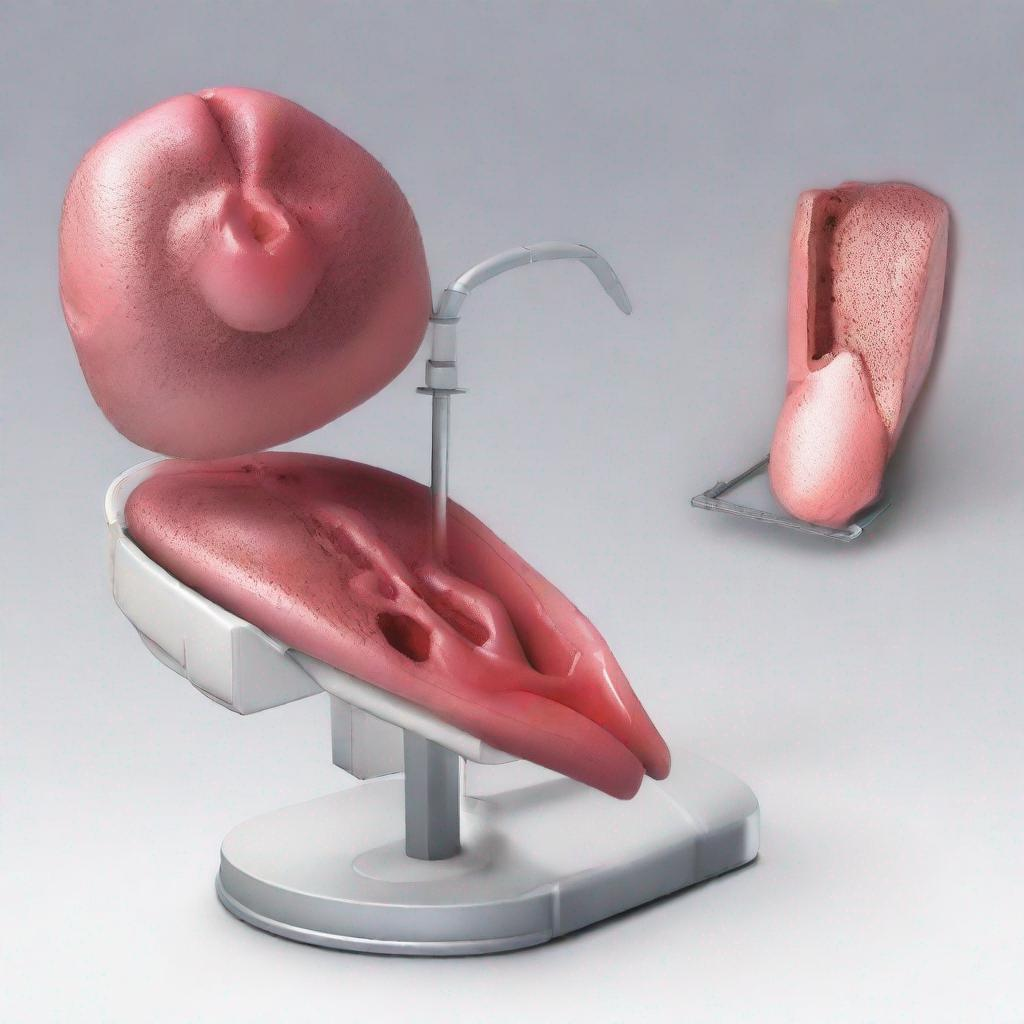## Childhood-Cluster Diseases: A Comprehensive Guide
**Introduction:**
Childhood-cluster diseases are a group of **malignant** (cancerous) conditions that primarily affect children. These diseases arise due to the uncontrolled growth of **abnormal** cells, leading to various symptoms and potential complications.
**Body Parts Affected:**
Childhood-cluster diseases can affect different parts of the body, including:
– **Lymph nodes**
– **Bone marrow**
– **Lungs**
– **Liver**
– **Spleen**
– **Nervous system**
**Conditions:**
Specific conditions associated with childhood-cluster diseases include:
– **Leukemia**
– **Lymphoma**
– **Neuroblastoma**
– **Wilms’ tumor**
– **Osteosarcoma**
– **Ewing’s sarcoma**
– **Rhabdomyosarcoma**
– **Germ cell tumors**
– **Soft tissue sarcoma**
**Symptoms:**
Common symptoms of childhood-cluster diseases may include:
– **Bruising** or **bleeding**
– **Fatigue**
– **Weight loss**
– **Pain** or **swelling** in various body parts
– **Fever** or **night sweats**
– **Headache**
– **Vomiting**
– **Difficulty breathing**
**Diagnosis:**
Diagnosing childhood-cluster diseases typically involves:
– **Physical examination**
– **Blood tests**
– **Bone marrow aspiration**
– **Biopsy** (tissue sample removal)
– **Imaging tests** such as computed tomography (CT), magnetic resonance imaging (MRI), or positron emission tomography (PET) scans
**Treatment:**
Treatment for childhood-cluster diseases may include:
– **Surgery** to remove cancerous tissue
– **Chemotherapy** (drug therapy to kill cancer cells)
– **Radiation therapy** (high-energy beams used to destroy cancer cells)
– **Stem cell transplant** (transplanting healthy stem cells into the patient)
– **Targeted therapy** (using drugs to block specific proteins involved in cancer growth)
– **Immunotherapy** (boosting the body’s immune system to fight cancer)
**Prevention:**
While some childhood-cluster diseases cannot be prevented, certain measures can help reduce the risk:
– **Vaccinations:** Human papillomavirus (HPV), hepatitis B, measles, mumps, rubella (MMR), and varicella vaccines may protect against some forms of cancer.
– **Healthy lifestyle:** Encouraging a balanced diet, regular exercise, and avoiding tobacco use can promote overall health and potentially lower cancer risk.
**Types of Doctors:**
Specialists involved in the diagnosis and treatment of childhood-cluster diseases include:
– **Pediatric oncologists**
– **Hematologists** (blood specialists)
– **Radiotherapists**
– **Surgeons**
– **Nurses**
**Complications:**
Untreated or advanced childhood-cluster diseases can lead to serious complications, including:
– **Infection**
– **Organ damage**
– **Spread of cancer** (metastasis)
– **Disabilities**
– **Death**
**Survival Rate:**
The **survival rate** for childhood-cluster diseases varies depending on the type of cancer, stage at diagnosis, and treatment effectiveness. However, overall survival rates have **improved** significantly in recent decades due to advances in research and treatment protocols.
**Conclusion:**
Childhood-cluster diseases are a complex group of conditions that require prompt diagnosis and appropriate treatment. Early detection, access to specialized care, and ongoing research contribute to improving the **prognosis** and quality of life for children affected by these diseases.



